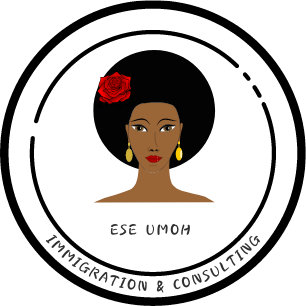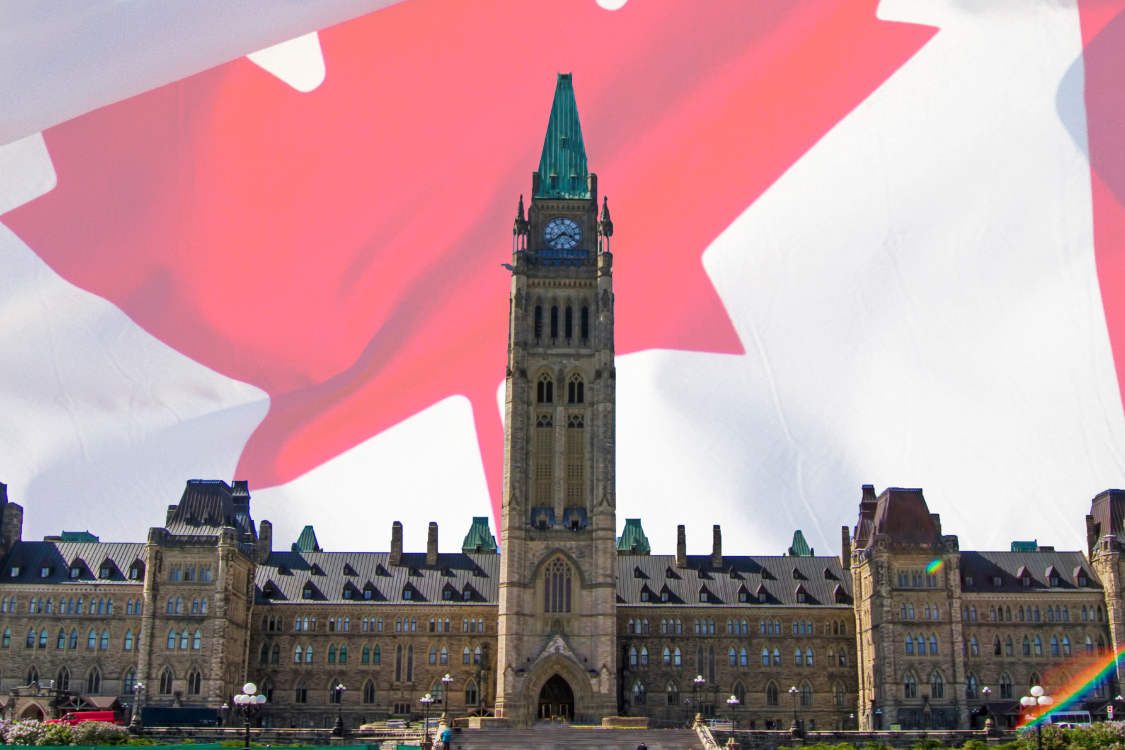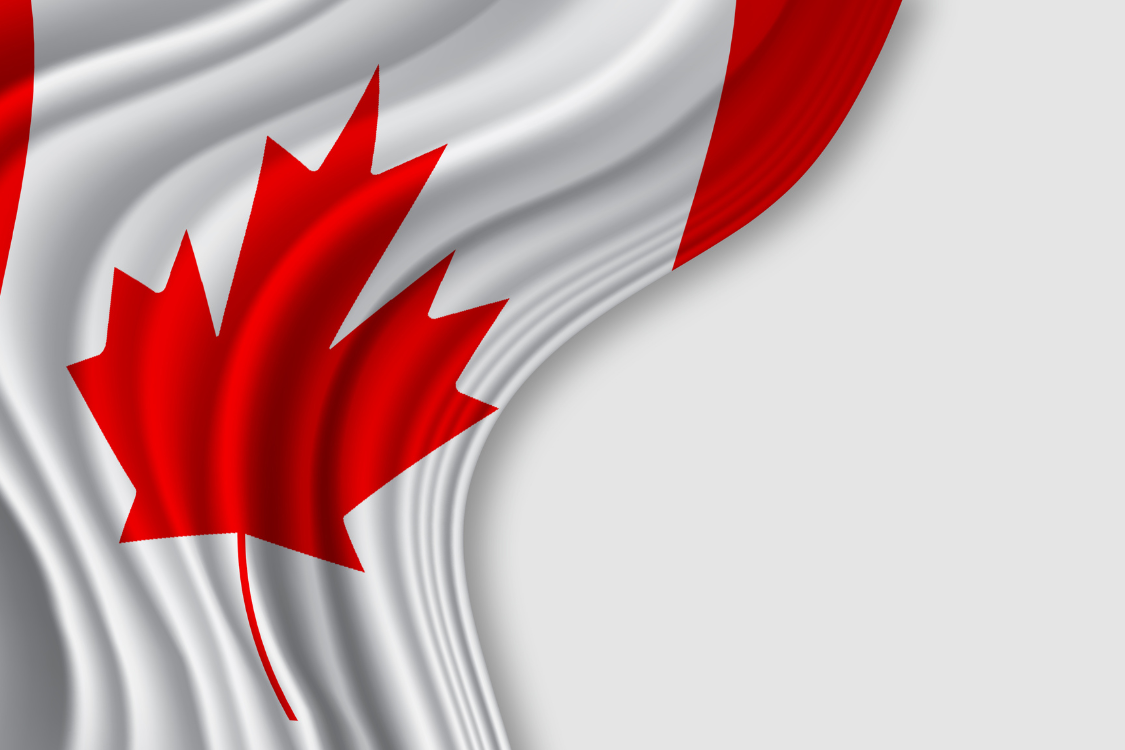Dear future neighbour,
On October 15, 2025, Immigration, Refugees and Citizenship Canada (IRCC) held another category-based Express Entry draw targeting individuals in healthcare and social services occupations. A total of 2,500 Invitations to Apply (ITAs) were issued to qualified candidates who met the eligibility requirements for this specialized round.
See below details of Express Entry Draw of October 15, 2025
-
Draw number: #373
-
Date: October 15, 2025
-
Category: Healthcare & Social Services (Version 2)
-
Number of Invitations to Apply (ITAs): 2,500
-
CRS Cut-off Score: 472
-
Tie-break rule timestamp: May 12, 2025
Why This Draw Matters
1. Continued emphasis on healthcare
This isn’t the first time Canada has used category-based draws to target sectors of strategic importance—and 2025 has already seen several rounds in the healthcare & social services stream. The October 15 draw (2,500 ITAs at a 472 threshold) shows that health care remains a high priority.
2. Relative leniency in cut-off compared to earlier draws
Some earlier healthcare draws had demanding CRS cut-offs. For instance, in May and June 2025, healthcare draws had cut-offs of 510 and 504 respectively—even though those draws issued fewer ITAs. In contrast, at 472, this draw is more accessible for many qualified professionals.
3. A balancing act for IRCC
Canada’s immigration strategy in 2025 has increasingly leaned toward category-based draws rather than general ones. That means draws are tailored to sectors (healthcare, French language, education, trades), which helps address labour shortages more precisely. In this context, the October 15 draw aligns with that trend.
4. What it signals to future applicants
-
This draw reinforces that healthcare professionals remain in strong demand.
-
The 472 CRS threshold suggests IRCC is willing to lower the bar when the pool of qualified healthcare candidates allows it.
-
Applicants who might not make general draws may still be competitive in category-based ones—if their occupation fits and their CRS is solid.
How This Draw Compares With Others in 2025
To give some perspective, here’s a mini timeline of recent category-based Express Entry draws in 2025 (relevant ones):
| Draw # / Type | ITAs Issued | CRS Cut-off | Notes |
|---|---|---|---|
| 373 – Healthcare & Social Services | 2,500 | 472 | October 15 draw |
| 372 – PNP only | 345 | 778 | The day before; provincial-nominee draw |
| 371 – French language | 4,500 | 432 | Earlier in October |
| 370 – Canadian Experience Class | 1,000 | 534 | Also in October |
| 362 – Healthcare & Social Services | 2,500 | 470 | August draw in same category |
So, in the broader scheme, the October 15 draw fits the pattern: mid-to-late draws in the healthcare stream tend to issue 2,500 invitations with cut-offs hovering in the 470–475 range.
See below summary of Express Entry draws in 2025
| Date | Draw Type | Number of ITAs | Cut-off CRS score |
|---|---|---|---|
| October 14 | Provincial Nominee Program | 345 | 778 |
| October 6 | French language proficiency | 4,500 | 432 |
| October 1 | Canadian Experience Class | 1,000 | 534 |
| September 29 | Provincial Nominee Program | 291 | 855 |
| September 18 | Trade | 1,250 | 505 |
| September 17 | Education | 2,500 | 462 |
| September 15 | Provincial Nominee Program | 228 | 746 |
| September 4 | French language proficiency | 4,500 | 446 |
| September 3 | Canadian Experience Class | 1,000 | 534 |
| September 2 | Provincial Nominee Program | 249 | 772 |
| August 19 | Healthcare and social services | 2,500 | 470 |
| August 18 | Provincial Nominee Program | 192 | 800 |
| August 8 | French language proficiency | 2,500 | 481 |
| August 7 | Canadian Experience Class | 1,000 | 534 |
| August 6 | Provincial Nominee Program | 225 | 739 |
| July 22 | Healthcare and social services | 4,000 | 475 |
| July 21 | Provincial Nominee Program | 202 | 788 |
| July 8 | Canadian Experience Class | 3,000 | 518 |
| July 7 | Provincial Nominee Program | 356 | 750 |
| June 26 | Canadian Experience Class | 3,000 | 521 |
| June 23 | Provincial Nominee Program | 503 | 742 |
| June 12 | Canadian Experience Class | 3,000 | 529 |
| June 10 | Provincial Nominee Program | 125 | 784 |
| June 4 | Healthcare and social services | 500 | 504 |
| June 2 | Provincial Nominee Program | 277 | 726 |
| May 13 | Canadian Experience Class | 500 | 547 |
| May 12 | Provincial Nominee Program | 511 | 706 |
| May 2 | Healthcare and social services | 500 | 510 |
| May 1 | Education | 1,000 | 479 |
| April 28 | Provincial Nominee Program | 421 | 727 |
| April 14 | Provincial Nominee Program | 825 | 764 |
| March 21 | French language proficiency | 7,500 | 379 |
| March 17 | Provincial Nominee Program | 536 | 736 |
| March 6 | French language proficiency | 4,500 | 410 |
| March 3 | Provincial Nominee Program | 725 | 667 |
| February 19 | French language proficiency | 6,500 | 428 |
| February 17 | Provincial Nominee Program | 646 | 750 |
| February 5 | Canadian Experience Class | 4,000 | 521 |
| February 4 | Provincial Nominee Program | 455 | 802 |
| January 23 | Canadian Experience Class | 4,000 | 527 |
| January 8 | Canadian Experience Class | 1,350 | 542 |
| January 7 | Provincial Nominee Program | 471 | 793 |
Tips for Express Entry Candidates
If you’ve got your eyes set on Canada (especially in healthcare or social services), here’s what you can do to maximize your chances:
-
Check your occupation’s eligibility
Make sure your NOC (National Occupational Classification) is one of the eligible healthcare or social services roles under the “Version 2” category. IRCC updates these lists, so keep watch. -
Boost your CRS score where possible
Even a small boost in language scores, education credentials, or additional work experience can make the difference—especially around cut-offs like 472. -
Submit early
Because of the tie-breaker rule, candidates who submitted their Express Entry profiles earlier (before the timestamp) have an edge if CRS scores tie. For October 15, that timestamp was May 12, 2025 -
Don’t rely solely on one draw type
Given the shift toward category-based rounds, some draws will skip general/all-program types. Be versatile: aim to qualify under a category (e.g. healthcare, French, trades) and maintain a strong overall profile. -
Stay informed
These draws can be unpredictable. Keep an eye on IRCC announcements, consult reliable immigration news sources, and consider working with a licensed immigration consultant if needed.
Summary
Canada is still serious about recruiting talent for health and social services sectors. With 2,500 ITAs issued and a CRS cut-off of 472, this round strikes a balance between ambition and accessibility.
For those in the healthcare field, this draw offers renewed hope. For others, it’s a reminder to refine your profile, and watch for category-based opportunities. The landscape in 2025 is no longer one-size-fits-all—but if you align with Canada’s targeted needs, there’s room for strategy and success.
Need help with your Canadian immigration process?
Whether you’re applying for a visitor visa, submitting a work permit or visa application, creating an Expression of Interest (EOI), setting up an Express Entry or Provincial Nomination profile, preparing your application after receiving an Invitation to Apply, or simply want a professional review of your self-prepared application, we’re here to assist you.
Schedule a 30-minute /60-minute consultation or contact us at:
info@eseumohimmigration.com










